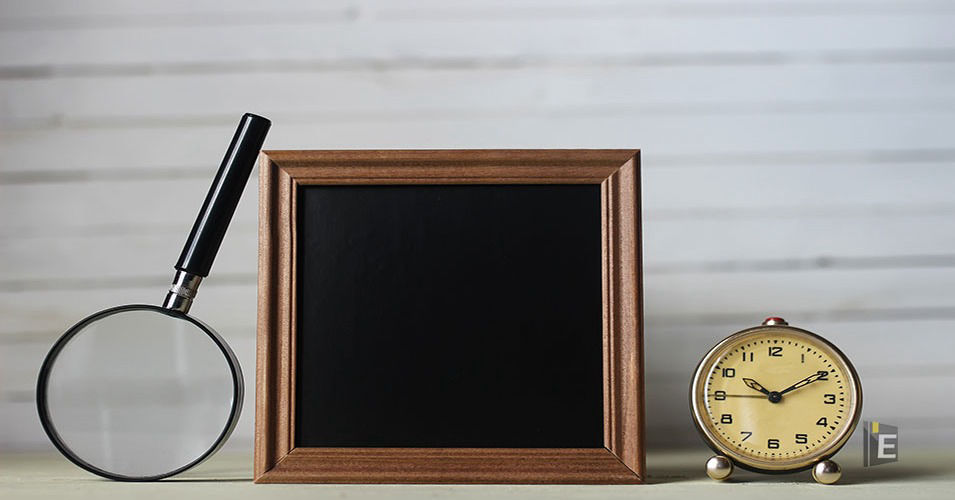Top 50 History GK Questions

Students have very less and basic knowledge related to the history of the world and India. But to crack the competitive exam, it is necessary for the students to have detailed general knowledge related to history. Generally, History GK questions are included in competitive exams, in which GK questions are asked from topics like Ancient History, Modern Indian History, Indus Civilisation, Gupta Empire, Dynasties and Capital, etc. Because of this candidates have to search for Top 50 History GK Questions for practice.
History GK Questions
So, here we are providing the Top 50 History GK Questions and Answers for your better preparation in the entrance exam which can help you to score full marks in History General Knowledge Questions. The maximum practice of the provided Important and Top 50 History GK Questions will greatly help the students to increase their scores in the exam.
Also, Read Latest Current Affairs Questions 2023: Current Affairs Today
"Stay ahead of the competition with our General Knowledge Mock Test and Current Affairs Mock Test!"
Indian History GK
Q : Which of the following books is written by Rajendra Prasad?
(A) India Divided
(B) An Autobiography: Towards Freedom
(C) The Discovery of India
(D) Glimpses of World History
Correct Answer : A
Explanation :
1. The book titled India Divided is written by Rajendra Prasad.
2. Rajendra Prasad was an Indian independence activist, lawyer and scholar. He was also the first President of India from 1950 to 1962.
Which of the following books was written by James Mill, a Scottish economist, in 1817?
(A) Poverty and Un-British Rule in India
(B) A Passage to India
(C) The History of British in India
(D) The Great Mutiny
Correct Answer : C
Explanation :
1. 'The History of British India' is a book written by Scottish economist James Mill in 1817.
Moved by the Swadeshi Movement, ______ painted his famous image of Bharat Mata portraying her as an ascetic figure.
(A) Satyendranath Tagore
(B) Abanindranath Tagore
(C) Jyotirindranath Tagore
(D) Dwijendranath Tagore
Correct Answer : B
Explanation :
1. Inspired by the Swadeshi movement, Abanindranath Tagore painted his famous image of Mother India, in which she is depicted as an ascetic figure.
2. A nephew of the Indian poet and artist Rabindranath Tagore, Abanindranath was exposed to the artistic inclinations of the Tagore family at an early age.
Who emerged victorious in ‘The Siege of Arcot’ in 1751 AD?
(A) French
(B) Dutch
(C) Portuguese
(D) British
Correct Answer : D
Explanation :
1. The British army was victorious in the Battle of Arcot or the Siege of Arcot (1751 AD).
2. It was led by the forces of Robert Clive and the Nawab of Carnatic, Chanda Sahib, assisted by a small number of French East India Company troops.
In which year was the partition of Bengal carried out by the British Viceroy Lord Curzon?
(A) 1905
(B) 1901
(C) 1907
(D) 1911
Correct Answer : A
Explanation :
Bengal Partition
1. In 1905, Lord Curzon divided the Bengal province of India into two parts.
2. West Bengal was Hindu majority, while East Bengal was Muslim majority.
3. The purpose of this partition was to create a Muslim-majority province in India, but instead, it led to communal tension and strengthening of the Indian national movement.
4. Opposition to the Partition of Bengal was widespread across India, and it was eventually annulled in 1911.
Litti Chokha is a famous cuisine of which of the following states?
(A) Maharashtra
(B) Bihar
(C) Gujarat
(D) Odisha
Correct Answer : B
Explanation :
1. Litti Chokha is a famous dish of Singrauli (Bihar).
2. It is made with whole wheat, black gram flour and brinjal. This dish has a rich flavor of Indian spices.
In which year was the National Archives of India established?
(A) 1840
(B) 1830
(C) 1891
(D) 1835
Correct Answer : C
Explanation :
1. The National Archives of India was established on 11 March 1891 in Kolkata.
2. It is the custodian of records of permanent value to the Government of India.
3. The National Archives of India is an attached office under the Ministry of Culture.
4. Following the transfer of the capital from Calcutta to Delhi in 1911, this present building of the National Archives of India was constructed in 1926.
Name the clan of Buddha belonged to-
(A) Champa
(B) Maurya
(C) Shakya
(D) Kuru
Correct Answer : C
Explanation :
Mahatma Buddha was belonged to Shakya Clan. The most Famous Shakya was Gautama Buddha, a member of the ruling Gautama clan of Lumbini, who is also known as “Shakyamuni Buddha”.
Which of the following books was written by the Roman writer Pliny the Elder?
(A) Indica
(B) Natural History
(C) Geographica
(D) Periplus of the Erythraean Sea
Correct Answer : B
Explanation :
1. Pliny the Elder was a Roman natural philosopher.
2. The book written by the Roman writer Pliny the Elder is Natural History.
3. It is an encyclopedia covering all aspects of the natural world, including geography, zoology, botany, astronomy, agriculture, mathematics, pharmacology, mining, mineralogy, sculpture, art precious stones, etc.
In which Indian state is the place where the Dandi Salt March took place today?
(A) Kerala
(B) Kashmir
(C) Gujarat
(D) Delhi
Correct Answer : C
Explanation :
1. The place where Dandi Salt March was carried out is today located in Gujarat state of India.
2. This place is on the coast of Arabian Sea near Dandi city.
3. Dandi March lasted from March 12, 1930 to April 6, 1930.
4. This journey was led by Mahatma Gandhi.
5. The purpose of this journey was to protest against the salt monopoly imposed by the British government.



